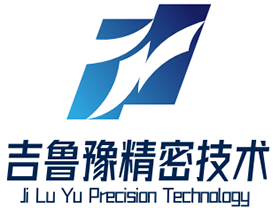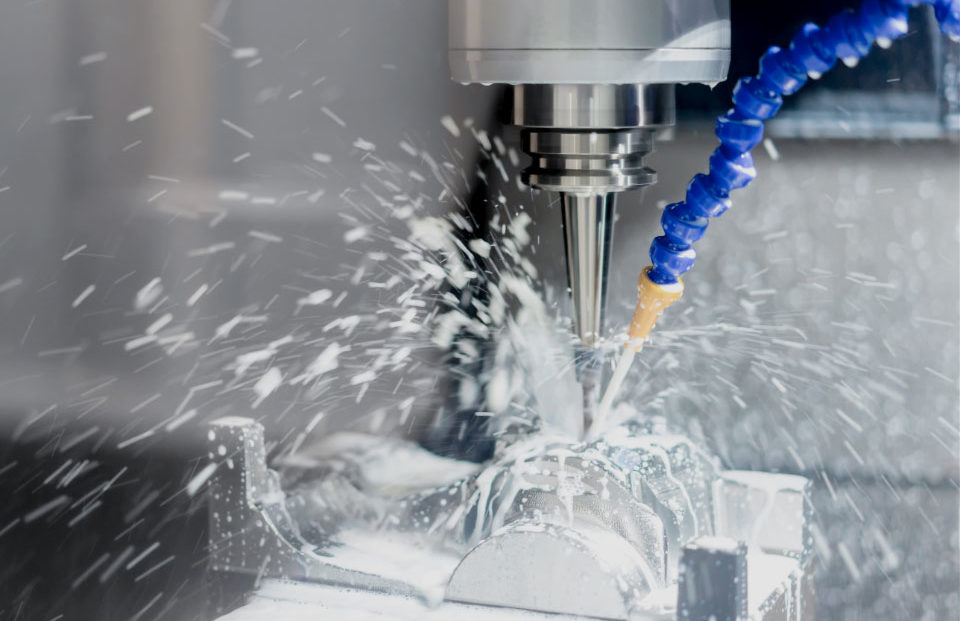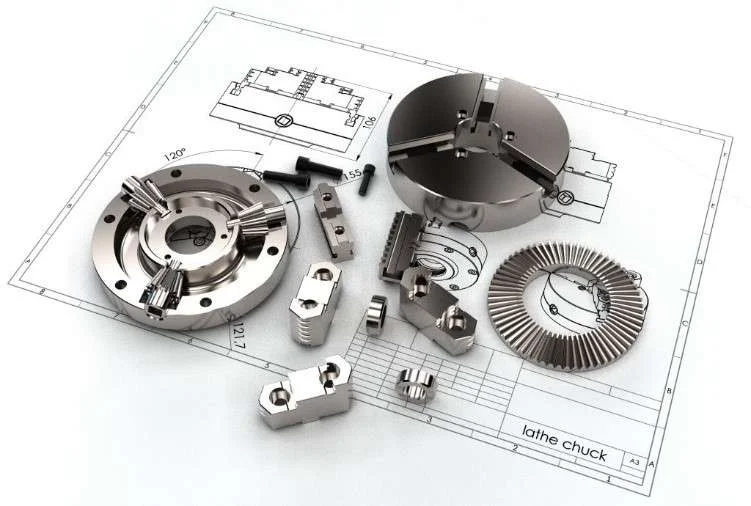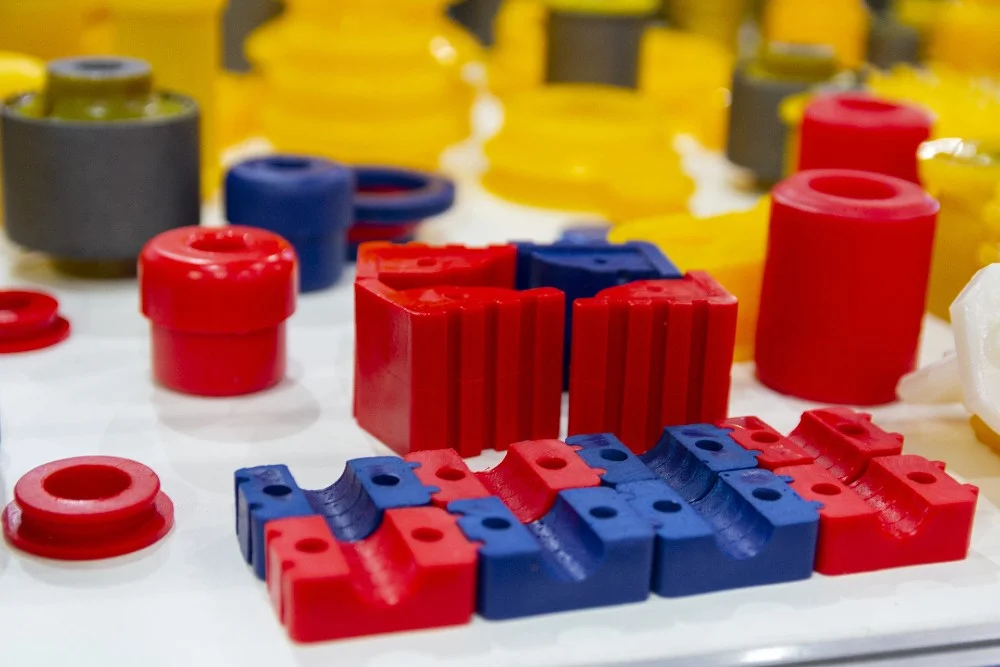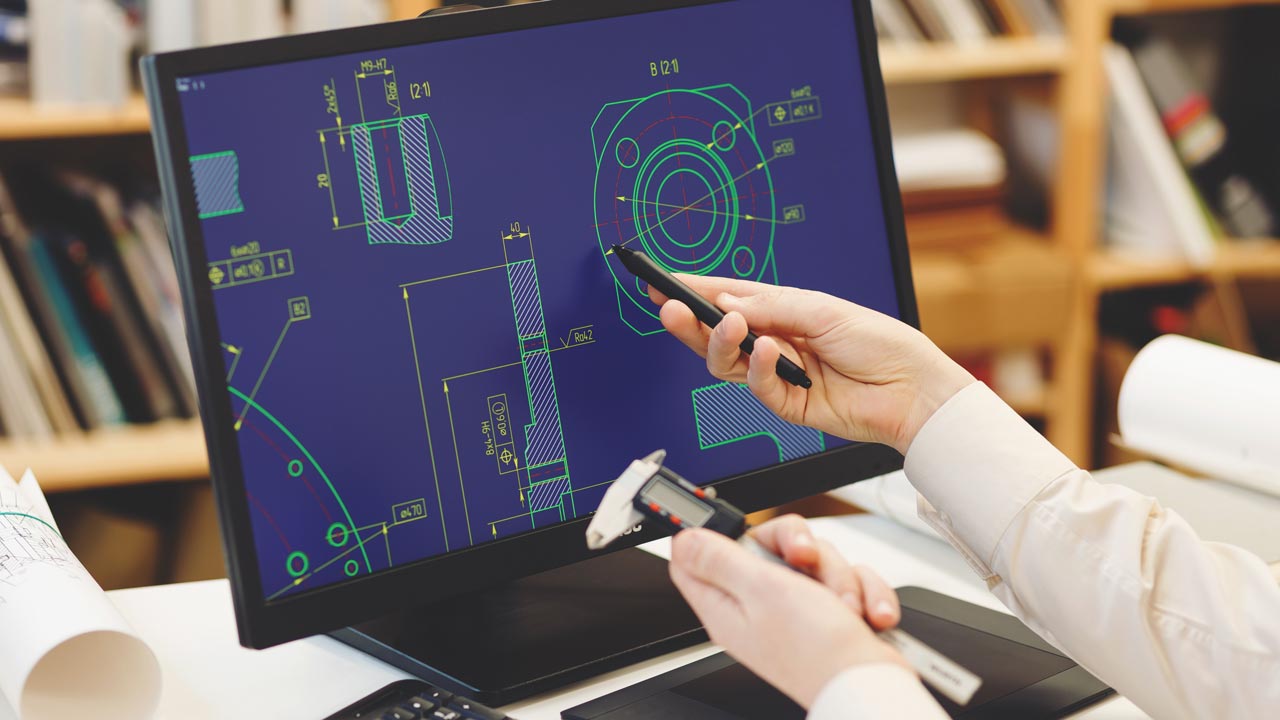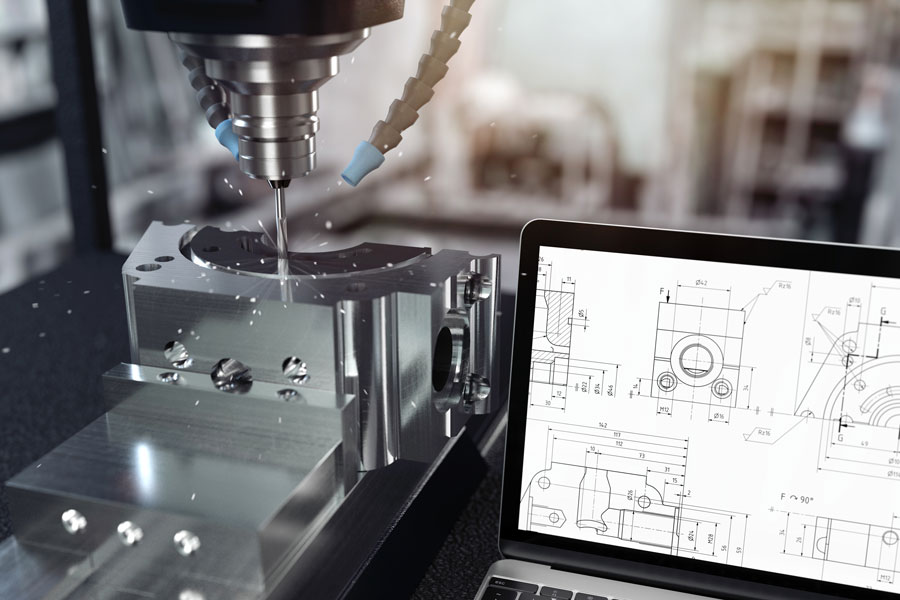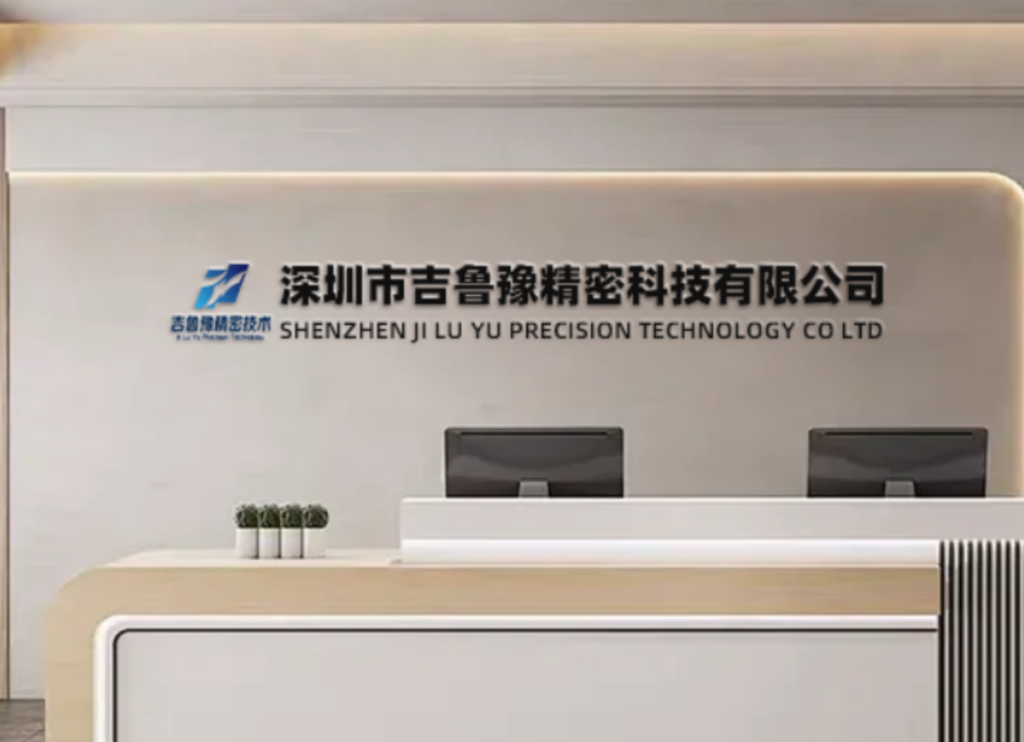On-Demand Manufacturing Services USA: Revolutionizing CNC Machining with Agile Production
In today’s rapidly evolving manufacturing landscape, on-demand manufacturing services in the USA are reshaping how businesses approach production, offering unprecedented flexibility, speed, and efficiency in CNC machining operations.
On-demand manufacturing services USA represents a transformative approach to production that aligns manufacturing capacity with real-time market demands. As specialized providers of CNC machining services, we’ve witnessed how this model has revolutionized traditional manufacturing paradigms, enabling businesses to respond with agility to market opportunities while maintaining stringent quality standards. This comprehensive guide explores how American manufacturers are leveraging on-demand principles to deliver precision components with remarkable efficiency across industries from aerospace to medical devices.
The concept of on-demand manufacturing, also known as on-demand production or make-to-order manufacturing, has gained significant traction as companies seek to minimize inventory costs, reduce time-to-market, and accommodate increasing product customization demands. In the CNC machining sector, this approach harmonizes perfectly with the precision and repeatability of computer-controlled manufacturing systems.
The Strategic Advantage of On-Demand Manufacturing in the USA
The traditional manufacturing model of forecasting demand, building inventory, and hoping for sales has become increasingly risky in today’s volatile market conditions. On-demand manufacturing services offer a sophisticated alternative that provides measurable business benefits:
-
Reduced Inventory Costs: Eliminating the need for large pre-production runs minimizes capital tied up in unsold inventory
-
Accelerated Time-to-Market: Digital workflows and rapid prototyping capabilities can compress development cycles by 30-50%
-
Enhanced Flexibility: Responsive manufacturing systems adapt quickly to design changes, material substitutions, and demand fluctuations
-
Risk Mitigation: Production aligned with confirmed demand reduces financial exposure from market shifts
-
Customization Capabilities: Economical production of customized components and low-volume batches
According to manufacturing principles similar to Toyota’s lean production system, on-demand approaches emphasize “through市场需求确定生产节拍” (determining production rhythm through market demand) , creating manufacturing systems that respond directly to customer requirements rather than projections.
The American Manufacturing Context
The United States presents unique advantages and challenges for on-demand manufacturing:
-
Technical Workforce: Despite some industry challenges , the U.S. maintains pockets of exceptional manufacturing expertise, particularly in advanced sectors like aerospace and medical devices
-
Advanced Infrastructure: While some reports indicate aging infrastructure in certain areas , American manufacturing centers still benefit from extensive technological networks
-
Regulatory Standards: U.S. manufacturers must navigate complex regulatory environments but benefit from respected certification systems
-
Supply Chain Integration: Geographic proximity to customers enables responsive logistics and faster turnaround times
The USCMMS (U.S. Commercial Manufacturing and Marketing Services) framework, though not explicitly detailed in search results, represents the ecosystem in which American on-demand manufacturers operate.
CNC Machining Technologies Powering On-Demand Manufacturing
Modern on-demand manufacturing services leverage advanced CNC technologies specifically suited to flexible, responsive production environments.
Multi-Axis Machining Systems
The evolution from 3-axis to multi-axis machining has dramatically expanded capabilities for complex component production in on-demand scenarios:
*Table 1: CNC Machining Capabilities for On-Demand Manufacturing*
| Machining Technology | Axis Configuration | Typical Applications | Tolerance Capability | Relative Speed |
|---|---|---|---|---|
| 3-Axis Milling | X, Y, Z linear axes | Simple geometries, 2.5D features | ±0.025mm to ±0.125mm | Fast for simple geometries |
| 5-Axis Simultaneous Milling | 3 linear + 2 rotational axes | Complex contours, organic shapes | ±0.05mm to ±0.2mm | Medium for complex parts |
| Mill-Turn Centers | Combined milling and turning | Complex rotational parts with off-center features | ±0.0125mm to ±0.05mm | Fast for complex rotational parts |
| Multi-Task Machines | Multiple operations in single setup | Complete machining of complex components | ±0.015mm to ±0.075mm | Fast for complete processing |
5-axis simultaneous machining has been particularly transformative for on-demand manufacturing, enabling complex geometries in single setups. As demonstrated by Linda Tool, implementation of 5-axis technology with advanced CAM software allowed them to machine complex aerospace components like “7075 aluminum landing gear forgings” with “internal pocket corners” that would have been challenging with conventional 3-axis approaches .
Automated Manufacturing Cells
The integration of robotics with CNC machining has created opportunities for extended unmanned operation:
-
Robotic Loading/Unloading: Automated part handling enables lights-out manufacturing for improved equipment utilization
-
In-Process Measurement: On-machine probing and vision systems verify critical features without manual intervention
-
Tool Management: Automated tool changers and breakage detection systems maintain process continuity
-
Adaptive Control: Systems that adjust machining parameters based on cutting conditions
As evidenced by Acutec Precision Aerospace’s implementation of ANCA grinding machines with AR300 robot automation, such automated cells can dramatically improve responsiveness, enabling them to produce special tooling “the same day or the next day” compared to previous “6-10 week wait times” for external suppliers .
The On-Demand Manufacturing Workflow: From Digital File to Finished Part
Successful on-demand manufacturing implementation requires optimized processes that eliminate bottlenecks while maintaining quality standards.
Digital Foundation and Rapid Quoting
The on-demand journey begins with efficient digital translation:
-
CAD Model Validation: Automated analysis of 3D models for manufacturability and potential improvements
-
AI-Driven Quoting: Algorithmic assessment of machining time, material requirements, and secondary operations
-
Manufacturing Analysis: Identification of potential production challenges before commitment
-
Design for Manufacturing (DFM) Feedback: Specific recommendations to optimize designs for CNC processes
Agile Production Planning
On-demand manufacturers employ specialized approaches to maximize equipment utilization while maintaining flexibility:
-
Dynamic Scheduling: AI-powered systems that optimize production sequences based on due date, setup time, and resource availability
-
Nested Manufacturing: Combining multiple components in single setups to maximize material utilization and reduce machining time
-
Tooling Optimization: Strategic tool selection to minimize changes and reduce setup time
-
Capacity Buffer Management: Maintaining strategic open capacity for urgent projects
As highlighted in the U.S. Navy’s Advanced Manufacturing Strategy, implementation of “digital manufacturing practices” and “open architecture” are critical enablers for responsive manufacturing systems .
Quality Assurance in Accelerated Timelines
Maintaining quality standards in compressed production timeframes demands efficient inspection methodologies:
-
First Article Inspection: Comprehensive measurement of initial parts to verify programming accuracy
-
In-Process Verification: Touch probes on CNC machines that check critical features between operations
-
Digital Comparison: 3D scanning with comparison to CAD models for complex organic shapes
-
Statistical Sampling: Reduced inspection frequency for stable processes with proven capability
Material Selection Strategy for On-Demand Manufacturing
The choice of appropriate materials significantly impacts both manufacturing speed and component performance in on-demand scenarios.
Machinability and Availability Considerations
On-demand production favors materials with favorable machining characteristics and widespread availability:
*Table 2: Material Selection Guide for On-Demand CNC Manufacturing*
| Material Category | Specific Grades | Machinability Rating | Typical Applications | On-Demand Considerations |
|---|---|---|---|---|
| Aluminum Alloys | 6061-T6, 7075-T6 | Excellent | Aerospace, automotive, consumer products | Fast machining, readily available, cost-effective |
| Stainless Steels | 304, 316, 17-4PH | Fair to Good | Medical devices, food processing, marine | Slower machining, higher tool wear, good corrosion resistance |
| Titanium Alloys | Grade 5 (6Al-4V) | Fair | Aerospace, medical implants, chemical | Slow machining, specialized tooling, excellent strength-to-weight |
| Engineering Plastics | ABS, Nylon, PEEK | Good to Excellent | Consumer products, electrical insulation, bearings | Very fast machining, minimal tool wear, chemical resistance |
| Alloy Steels | 4140, 4340, A2 | Fair to Good | Tooling, molds, high-strength components | Moderate machining speeds, heat treatment often required |
Strategic Material Substitution
On-demand manufacturers often recommend material alternatives to balance performance, cost, and availability:
-
Performance Equivalents: Identifying materials with similar properties but better machinability
-
Regional Availability: Leveraging materials with robust local supply chains to minimize lead times
-
Cost-Performance Optimization: Selecting materials that meet functional requirements at lower cost
-
Regulatory Compliance: Ensuring materials meet necessary certifications and standards
Real-World Case Studies: On-Demand Manufacturing Delivering Results
Case Study 1: Aerospace Component Supply Chain Resilience
A commercial aerospace supplier needed to address recurring supply chain disruptions for critical flight control components with lead times exceeding 26 weeks.
Challenge: Develop responsive manufacturing capability for complex actuator components manufactured from 7075 aluminum with ±0.05mm positional tolerances on critical bearing surfaces.
On-Demand Solution: Implementation of dedicated 5-axis machining cell with integrated inspection:
-
Digital Twin Integration: Manufacturing simulation to verify toolpaths before machining
-
Advanced Tooling Strategy: Specialized end mills optimized for aluminum aerospace alloys
-
In-Line Metrology: On-machine probing to verify critical features without separate inspection
-
Dynamic Scheduling: Production sequencing optimized for urgent requirements
Results: The implemented solution reduced lead times from 26 weeks to 3 weeks while improving first-pass yield from 82% to 96%. The manufacturer eliminated $450,000 in safety stock inventory while maintaining 99.7% availability for airline customers.
Case Study 2: Medical Device Customization Platform
A surgical instrument company needed to support increasing product customization while maintaining regulatory compliance and cost targets.
Challenge: Create manufacturing system capable of efficiently producing 25 product variations with lead times under 10 days while maintaining FDA documentation requirements.
On-Demand Solution: Hybrid manufacturing approach combining standardized platforms with customized elements:
-
Platform-Based Design: Common architecture across product families to maximize reuse
-
Digital Work Instructions: Tablet-based guidance that adapts to product configurations
-
Real-Time Traceability: Barcode/RFID tracking throughout production
-
Automated Documentation: Quality records generated automatically from manufacturing data
Results: The implementation supported a 300% increase in product variants without corresponding overhead increases. Custom instrument lead times reduced from 6 weeks to 7 days while achieving 100% compliance with FDA traceability requirements.
Case Study 3: Industrial Equipment Emergency Production
A power generation equipment manufacturer faced emergency replacement requirements for obsolete turbine components no longer available from original suppliers.
Challenge: Reverse engineer and produce 15 complex housing components from Inconel 718 within 21-day timeframe to prevent extended power plant outage.
On-Demand Solution: Integrated approach combining advanced technologies:
-
3D Scanning: Non-contact measurement of worn components to create digital models
-
CAD Recreation: Parametric modeling with design intent recovery
-
High-Performance Machining: Specialized tooling and techniques for difficult-to-machine Inconel
-
Accelerated Post-Processing: Streamlined heat treatment and surface enhancement
Results: The components were delivered within 18 days, preventing what would have been a 6-week power plant outage costing approximately $2.2 million in lost revenue. The digital models created during the process established a foundation for future replacement part production.
Implementing On-Demand Manufacturing: Strategic Considerations
Successfully leveraging on-demand manufacturing services requires more than selecting a supplier—it demands strategic integration into business operations.
Partnership Selection Criteria
When evaluating on-demand manufacturing providers, consider these essential capabilities:
-
Technical Equipment Portfolio: Modern CNC machinery with multi-axis capabilities and appropriate sizing
-
Material Expertise: Experience with relevant materials and applications
-
Quality Systems: Documented quality management with efficient inspection methodologies
-
Digital Infrastructure: Capabilities for seamless data exchange and collaboration
-
Communication Practices: Responsive communication with regular progress updates
Design for On-Demand Manufacturing
Optimizing product designs specifically for on-demand production delivers significant benefits:
-
Design Standardization: Implementing consistent features, hole sizes, and corner radii across designs
-
Manufacturing-Driven Design: Considering machining accessibility and efficiency during design phases
-
Modular Architecture: Creating systems with interchangeable components for flexible configurations
-
Documentation Clarity: Providing comprehensive specifications to prevent misinterpretation
The Future of On-Demand Manufacturing in the USA
Emerging technologies continue to expand the possibilities for responsive, efficient manufacturing.
Digital Integration and Industry 4.0
The continuing digital transformation enhances on-demand capabilities:
-
Digital Thread Implementation: Seamless data flow from design through manufacturing and inspection
-
Predictive Analytics: AI-driven forecasting of manufacturing time based on geometric complexity
-
Distributed Manufacturing Networks: Cloud-based platforms connecting regional capabilities
-
Additive-Subtractive Hybrid: Combining 3D printing and CNC machining for optimal results
Advanced Business Models
Manufacturing-as-a-service approaches continue to evolve:
-
Subscription Manufacturing: Committed capacity with premium access to specialized capabilities
-
Platform-Based Production: Digital marketplaces connecting designers with manufacturing resources
-
Outcome-Based Contracts: Pricing models based on delivered value rather than hours or parts
-
Embedded Manufacturing: Production resources integrated within customer facilities
As identified in the U.S. Navy’s Advanced Manufacturing Strategy, key directions include “leveraging cutting-edge commercial capabilities” and “cultivating closer partnerships with commercial manufacturers” to enhance manufacturing responsiveness .
Conclusion
On-demand manufacturing services USA have evolved from niche capability to strategic necessity in today’s volatile business environment. The fusion of advanced CNC machining technologies, digital workflows, and strategic manufacturing partnerships enables companies to navigate supply chain uncertainty while maintaining competitive responsiveness. By aligning production with actual demand rather than projections, businesses can achieve remarkable efficiencies while enhancing customer satisfaction through faster response and greater customization.
The most successful implementations recognize on-demand manufacturing not as a tactical convenience but as a strategic capability that reduces overall business risk while creating competitive advantage. As manufacturing continues its digital transformation, on-demand approaches will increasingly become the standard rather than the exception across industries.
For components requiring precision, performance, and rapid turnaround, our integrated CNC machining services deliver the capabilities, expertise, and responsiveness required for today’s demanding production requirements. Contact our engineering team to discuss how our on-demand manufacturing solutions can enhance your next project.
